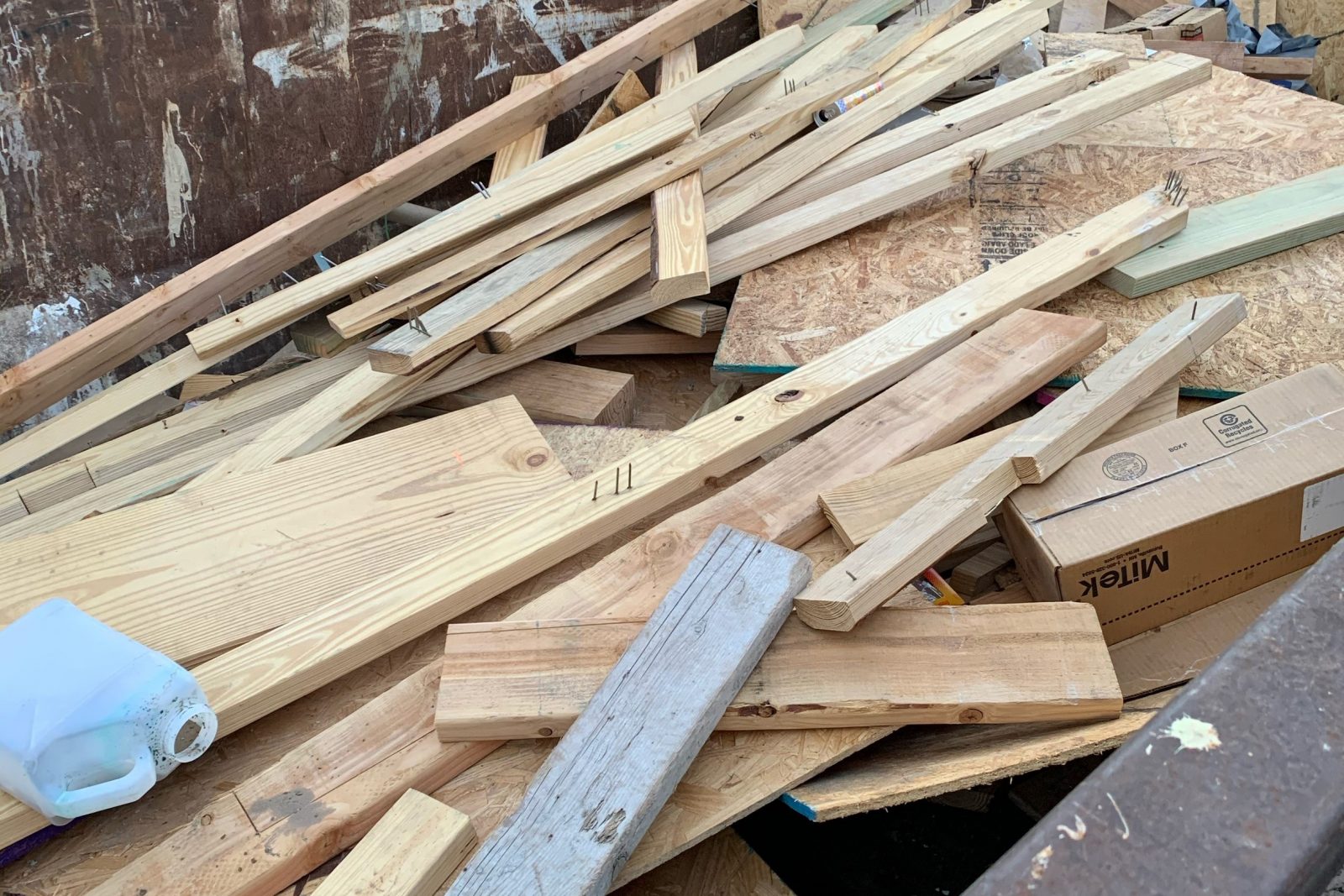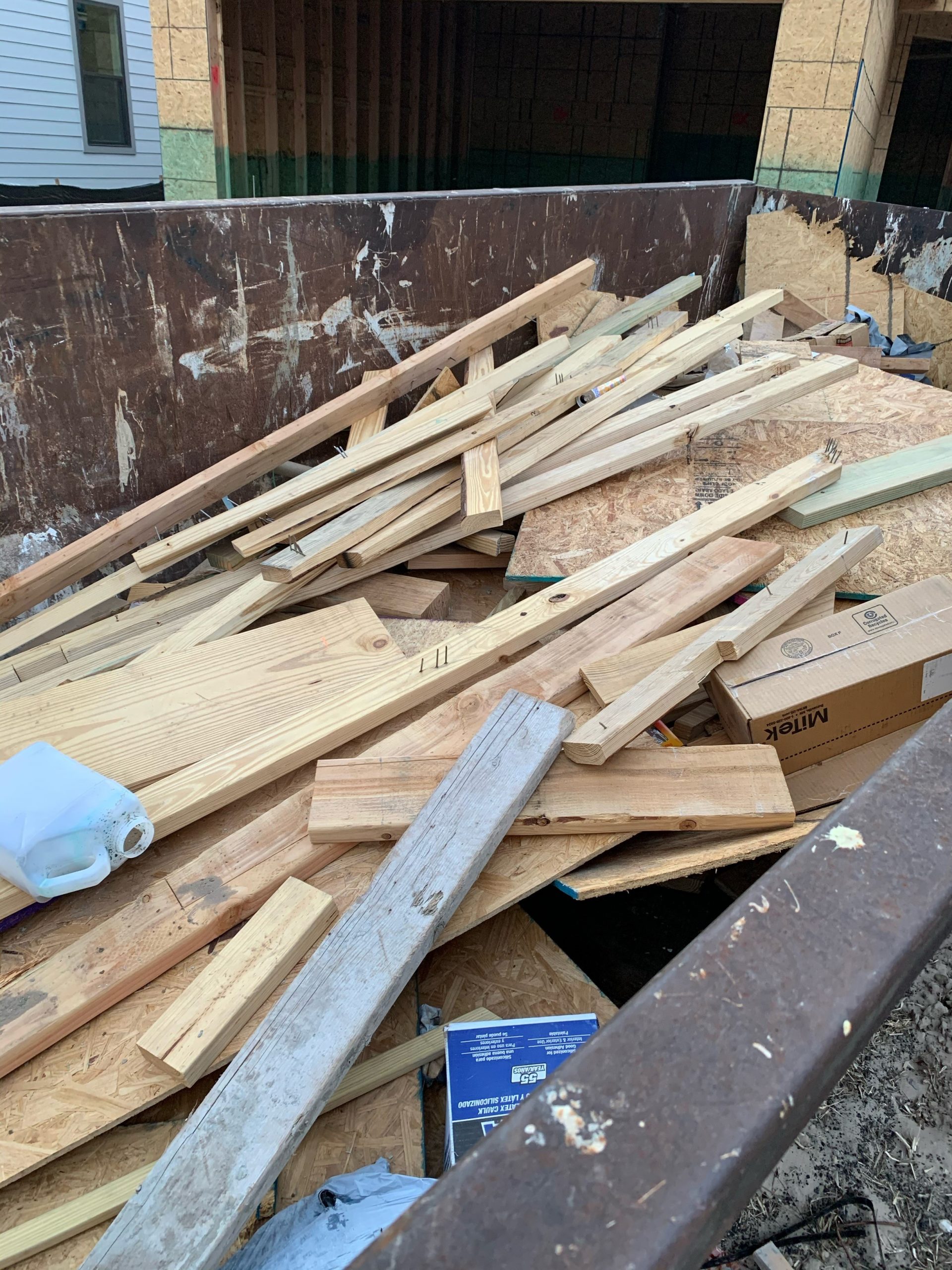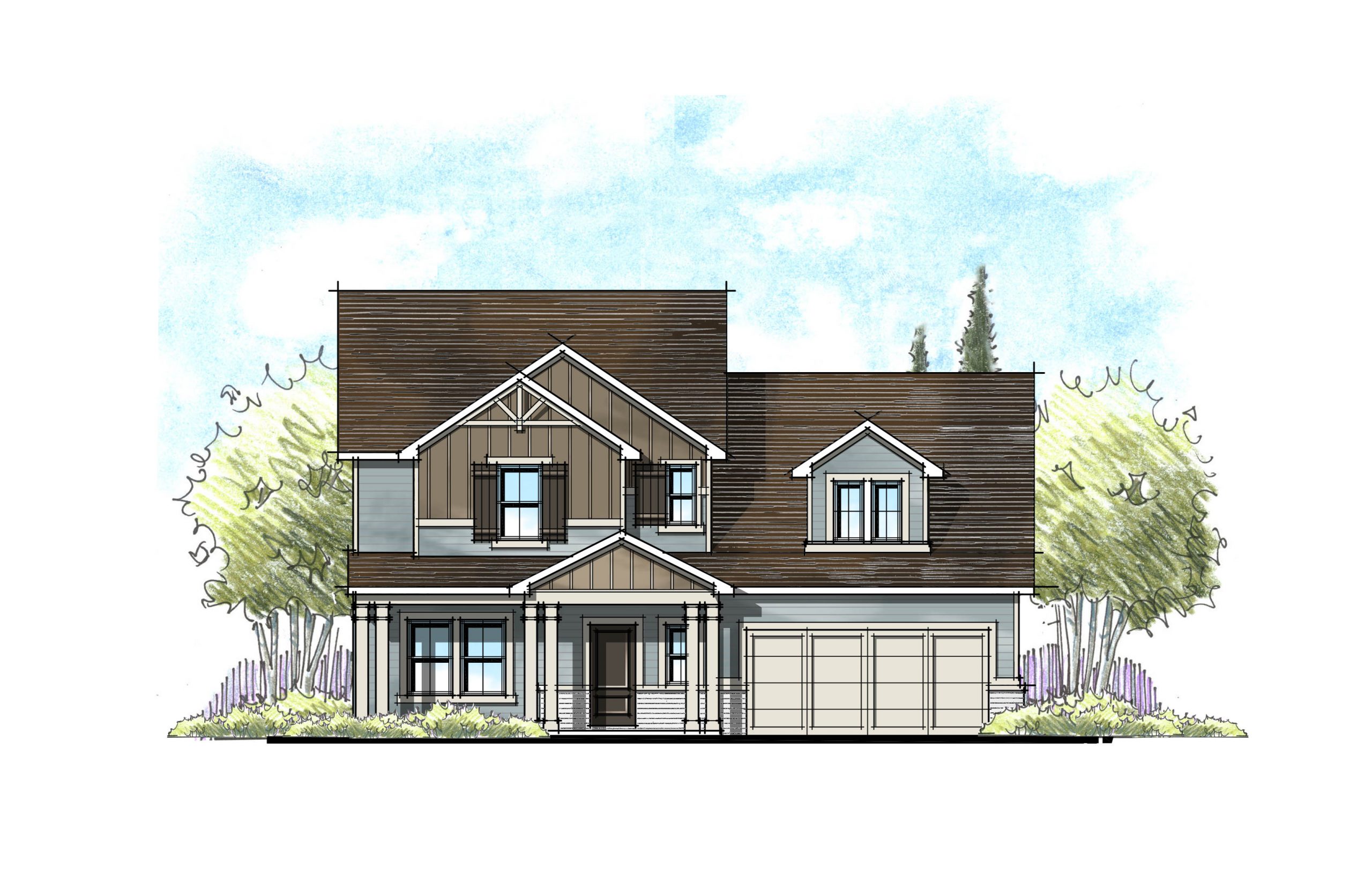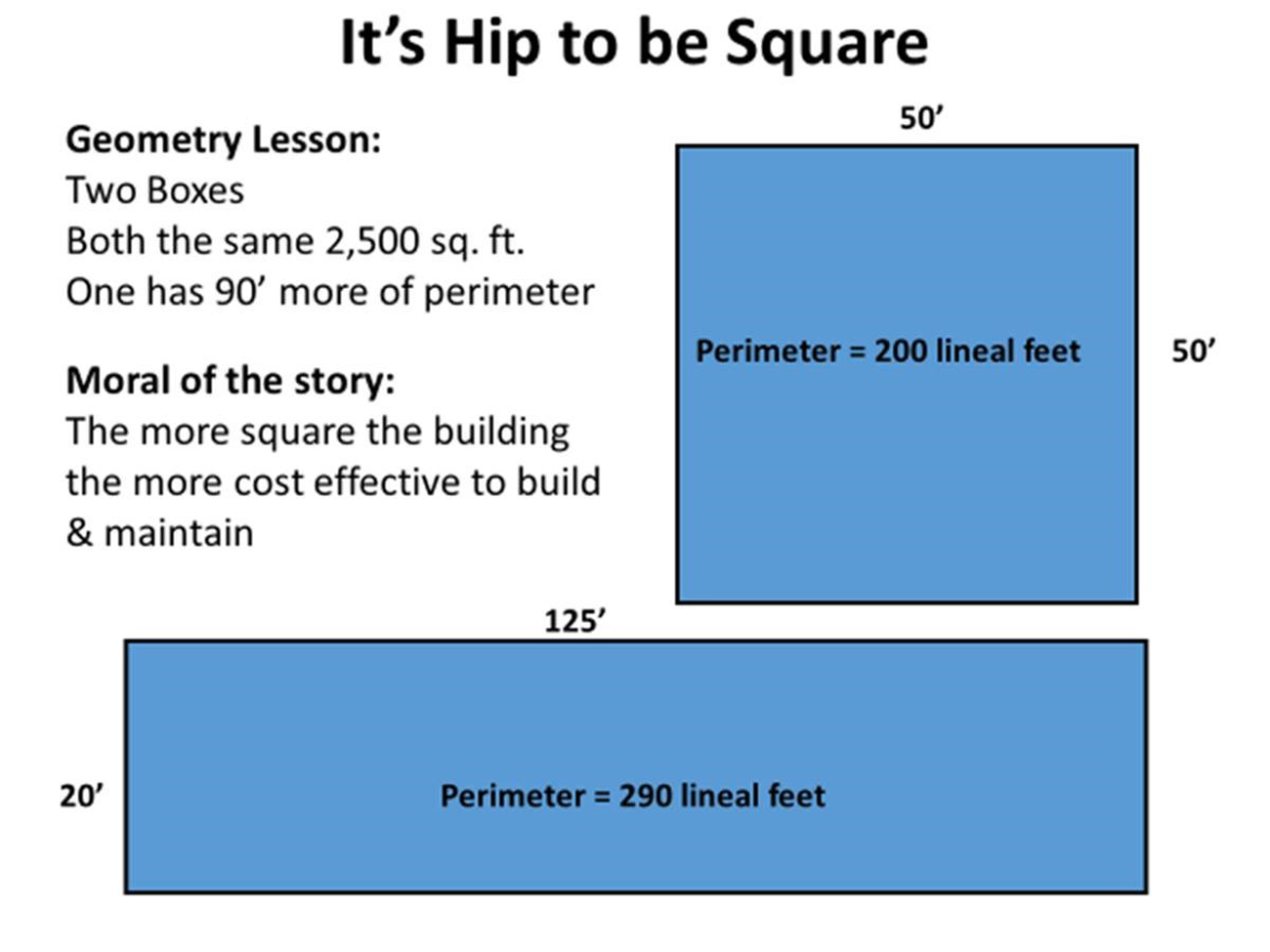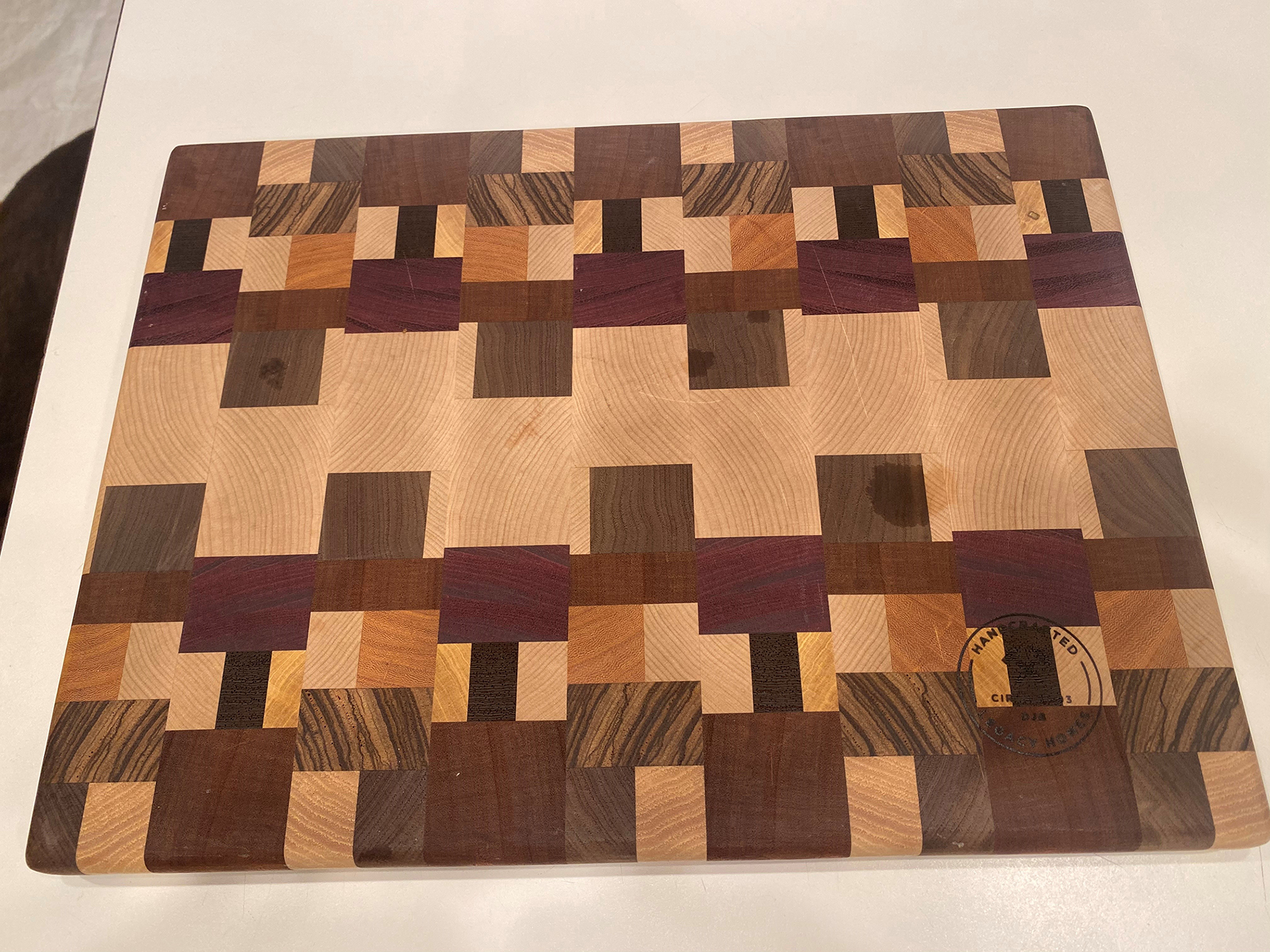There is a popular meme circulating around the industry captioned, “Take me somewhere expensive”. Well, what’s more expensive these days than a lumber warehouse?
Funny – unless you’re in our industry trying to build and sell home without losing a fortune because of skyrocketing lumber prices. We all have heard numerous reports of the price of the framing packages, the plywood, and the OSB. The average increase is $35,000! We also hear stories of entire lumber packages being stolen off the job sites. Locally the Jacksonville Sheriff’s office is encouraging builders put a unique marker on the lumber with spray paint – so that if it is recovered it can be returned. Good luck.
And yet, if you drive past many construction sites, you will find the dumpsters filled to the brim with scraps of very expensive waste! You would think it grows on trees – sorry – bad pun. There are three things we can do to cut down on waste.
Design with lumber parts in mind
Recently, I was designing a two story, box on box house. As is my practice, I like to design in a way that avoids beams, instead relying on exterior walls instead to carry the loads to grade. With a frame house, I also like to design in two-foot and four-foot dimensions. Why? OSB and plywood come in 4’ widths. The fewer sheets of OSB that must be cut, the better. Sure, there are window opening that get cut out, but I like to keep the box simple. The width of the house I was designing was 44’ wide, even though I had a 45’ building envelope. Then, if there was an option for masonry on the exterior, it would still fit within the setbacks. Brilliant – right?
Fast forward to the next project. The building envelope was 40’ wide! Perfect four increments. Ah, but this house gets brick on all sides. Now we have to reduce the width of the framed house so we can “fit” the brick within the setbacks – meaning the building is 39’ to frame and that last 12” of OSB gets thrown in the dumpster. Not just for one house, but every house in the neighborhood.
One county in our area measures setbacks not to the house but to the overhang. Turns out, this is a huge advantage for keeping the framing in 2’ and 4’ dimensions, especially when the land planners design the lots accordingly. In this case, a 40’ wide frame house sits on a 53’ wide lot allowing for 18” overhangs on both sides. Brilliantly, the frame of the house doesn’t need to adjusted for the masonry.
In a previous blog, it’s hip to be square, I talk about the geometric advantage of a square over a rectangle when it comes to the perimeter – which in the case of house means minimizing sheets of OSB.
Enhanced construction documents
Let’s go one step beyond the design and the home and consider the actual construction. There are many in our industry that can supply complete bill of materials for the lumber and where each piece needs to go. This enhanced approach to the construction documents can reduce the lumber waste to less than my kitchen garbage can – thus saving on lumber cost and trash removal. Apply these savings over multiple builds and you could see a huge return on investment. You see – that’s the trick. Getting this enhanced set of construction documents locating every stud and sheet of plywood cost more and take time to produce. In a red-hot housing market, many don’t want to wait for these drawings. But as lumber prices continue to squeeze costs, that could change.
Don’t let wood go to waste!
Savvy entrepreneurs are doing some serious dumpster diving and making use of discarded materials. The first example is mostly framing material. He is building raised planters.
Another example uses higher quality wood, like from wood flooring, interior trim or paneling. He collects a variety of wood species combines them together and creates wonderful cutting boards.
Going a step further. One clever recycler is taking wood from old boats and turning them into unique pieces of furniture. No two pieces are alike. Indeed, he is treating wood like a precious element.
Maybe not yet as precious gold or silver or gem stone status – but if the price of wood keeps going up, maybe we will see ladies wearing wood jewelry.
We all are trying to figure out how to meet this crazy housing demand without breaking our bank account or that of our buyers. This balancing act will require continued brain storming and collaboration. Have you adjusted your practices to combat soaring lumber prices? I’d love to hear your thoughts and solutions!
Categorized in: Value Engineering
This post was written by Housing Design Matters


